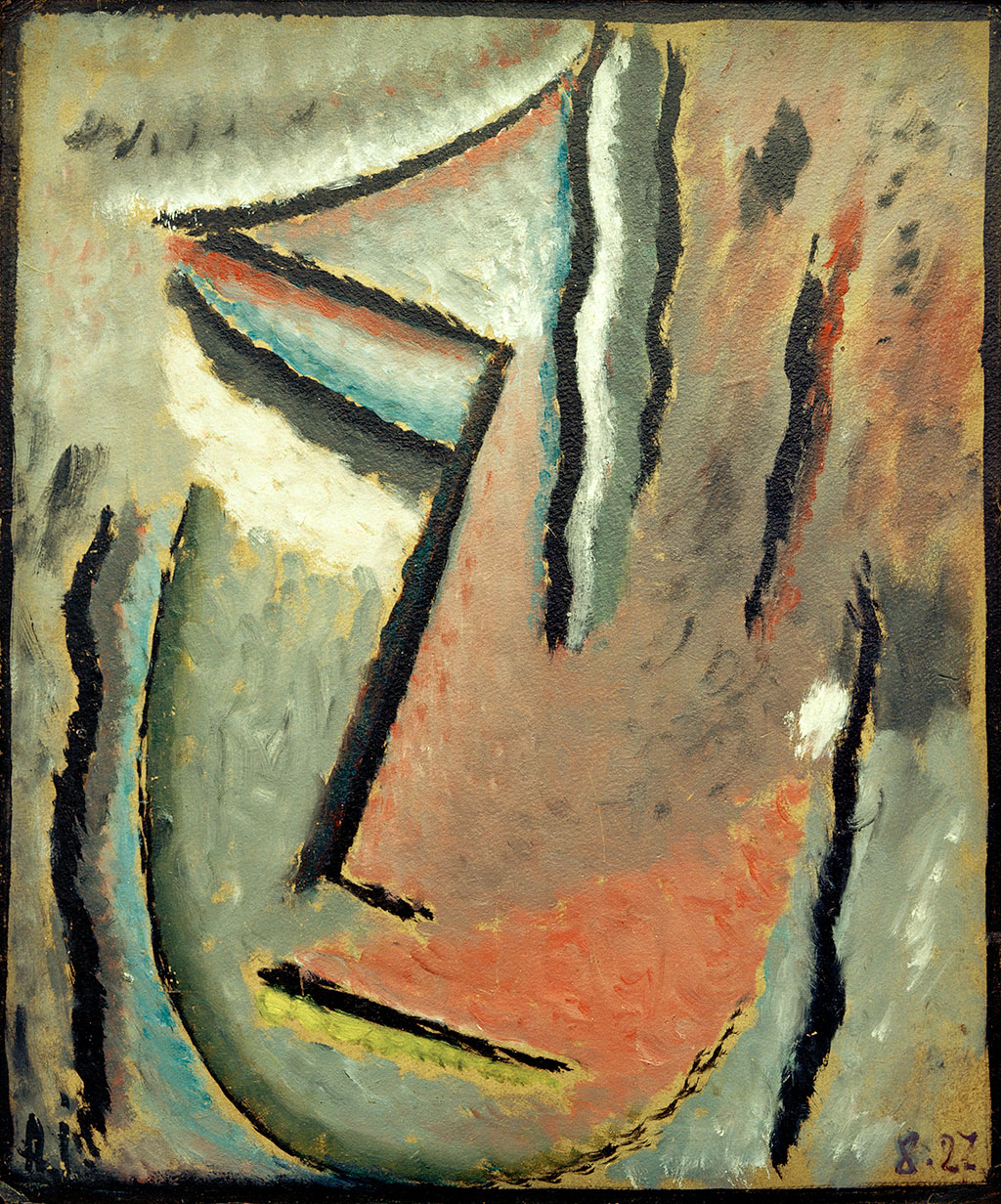The Nature of Pain
Matthias Girke
Last update: 25.11.2019
Pain occurs in four dimensions. The first is spatially localized pain, it concerns the “where” of the pain and thus its somatic aspect. The second, temporal dimension points to the processual qualities of pain. Here the focus is no longer on spatial localization, but on temporal modulation – the “when”. Pain has a temporal aspect as well as a spatial one. Whereas rheumatic pain reaches its maximum in the morning hours, followed by improvement during the day, other pains occur intermittently, sometimes rhythmically (colicky pain). This processual dimension of pain also includes the accompanying pathophysiological changes where, for example, muscular cramp-like pain correlates with muscle hardening, and burning pain correlates with inflammatory processes. The processual level of pain also includes the vegetative symptomatology that can accompany pain. The third dimension of pain is the quality of perception, the “how” of pain. While the first two levels can still be accessed “from outside” by examining the painful body area and diagnosing the pain’s underlying, e.g., inflammatory, processes, the mental dimension of pain enters the patient’s inner world, which may be expressed in speech, gestures, movements and facial expressions. Patients distinguish between sharp, wrenching, pulling, neuralgic pain compared to dull, pressing, often inflammatory pain. Patients may also perceive a rhythmic structure in their pain. The dimension of soul includes the suffering experienced by the patient due to the pain. For many patients, we require a differential diagnosis as to whether the leading factor in the patient’s manifest distress is the experience of pain itself or mental suffering. A fourth dimension of pain touches on the meaning of pain, on the “why”. Pain initially has a signal character that indicates a disease process, a malfunction or even a violation of physical integrity. In addition, many patients – especially those with long-term pain disorders – ask what the pain “wants to tell them”, which again points to the inner meaning of pain as the fourth contextual, meaning-oriented dimension.
- contextual, meaning-oriented dimension: the “why” of pain
- soul dimension, pain perception: the “how” of pain
- processual time dimension: the “when” of pain
- spatial dimension: the “where” of pain

Fig. „Abstract head: silent pain“ of Alexej Jawlensky. @ akg-images
Therapeutic goals in pain therapy
The four dimensions of pain lead to different therapeutic goals.
Pain from somatic causes must often be treated with an interventional therapy that is based on the localized findings.
The patient’s life organization needs therapeutic support to address the second level of pain, because pain invariably leads to degradative processes and catabolism. We should recognize the need to promote the patient’s vitality and life organization if we are going to approach pain therapy in a way that takes the whole human being into account.
The third, soul dimension of pain – and thus its sensory quality – is decisive for selecting medication. The quality of sensation is used to distinguish between neuropathic and nociceptive pain syndromes, and the respective pain qualities are also relevant for differential pain therapy using the medications of Anthroposophic Medicine.
The fourth, meaning-oriented dimension of pain is particularly in demand when treating long-term pain syndromes. What message does pain convey and what significance does it have for the person’s own inner development? Talk therapy, biography work and looking at the values and goals of life are of great importance.
As much as direct medical assistance, directed to alleviate the patient’s pain, stands in the foreground of practical everyday life, it is essential to pay attention to the other dimensions of pain as well, for they extend our therapeutic procedures to the whole human being and integrate the dimensions of body, soul and spirit.
Pain therapy in Anthroposophic Medicine thus comprises several modalities of treatment. In addition to medications for pain control and therapy, we use external applications and physiotherapeutic procedures, such as rhythmical massage therapy according to Wegman/Hauschka. We include artistic therapies and we offer the patient conversation therapy that can illuminate the biographical context.